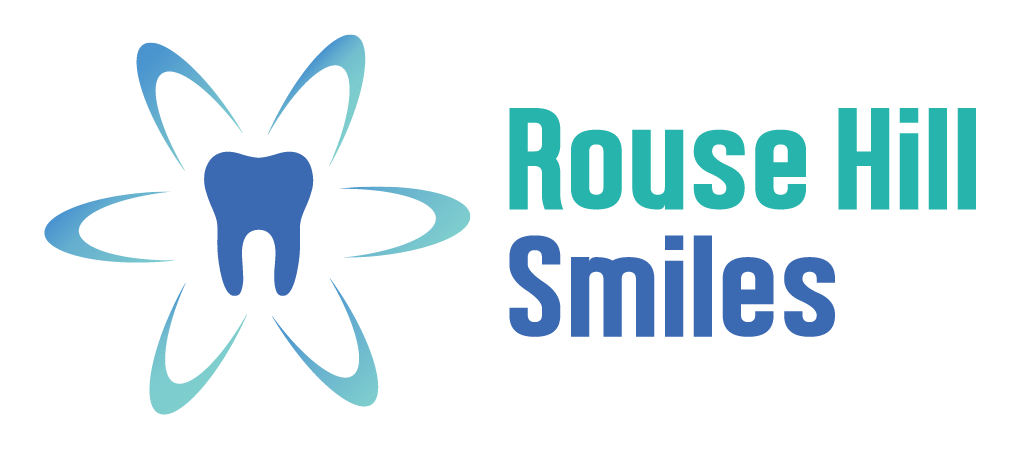Gingivitis With Braces: Signs, Treatments, and More
service@womm
29 May 2024
No Comments
Gingivitis With Braces: Signs, Treatments, and More
The pursuit of a straighter smile with braces is exciting! But alongside the excitement comes the responsibility of maintaining good oral hygiene. Unfortunately, braces can make it more challenging to keep your gums healthy, increasing the risk of developing gingivitis.
This article dives into everything you need to know about gingivitis with braces, including its signs, effective treatments, and self-care practices to keep your gums healthy throughout your orthodontic treatment.
What is Gingivitis
Gingivitis is the initial stage of gum disease, characterised by inflammation of the gums. It’s caused by a buildup of plaque, a sticky film teeming with bacteria, at the gum line. When plaque isn’t removed regularly, the bacteria irritate the gums, causing inflammation and redness. Early stage gingivitis include inflammation or redness along with sensitivity of the gums that almosts irritates the braces if you have orthodontic treatment braces.
Why is taking care of Gums Important?
Healthy gums are critical for a healthy smile. They act like a seal, anchoring your teeth firmly in place and protecting them from harmful bacteria. If neglected, it can lead to many severe issues, such as gingivitis, periodontitis, etc. This can further lead to gum recession, loose teeth, and even tooth loss. Needless to say, gums are important for the strengthening of your teeth.
What are the Early Signs of Gingivitis with Braces
Catching gingivitis in its early stages is crucial for preventing it from progressing into a more severe gum disease called periodontitis. Here are some signs to watch out for:
- Red, inflamed gums: Healthy gums should be pink and firm. Gingivitis symptoms include Inflamed gums appearing red, puffy, and may bleed easily when brushed or flossed.
- Gum tenderness: Gums affected by gingivitis might feel tender or sore to the touch.
- Swollen gums: In some cases, the gums around the teeth may become swollen.
- Bad breath: Chronic bad breath (halitosis) can be a sign of gingivitis, as bacteria in the mouth produce unpleasant odours.
- Bleeding gums: This is a common symptom of gingivitis. Even gentle brushing or flossing might cause the gums to bleed.
Why Braces Increase Gingivitis Risk
Braces can make it more difficult to maintain oral hygiene such as cleaning all areas of the mouth properly, leading to a higher risk of developing gingivitis. Here’s why:
- Food Trapping: The brackets and wires of braces create small crevices where food particles and plaque can easily get trapped. If not removed thoroughly, these trapped particles can contribute to plaque buildup.
- Brushing Challenges: Brushing around braces requires extra effort and care to ensure all surfaces of your teeth and gums get cleaned. It’s easier to miss certain areas with traditional brushing techniques.
- Gum Irritation: The pressure from braces can irritate the gums, making them more susceptible to inflammation caused by plaque buildup.
Gingivitis with Braces: From Mild to Bad
Gingivitis can range from mild to severe. Here’s a breakdown of the progression:
Early Stage Gingivitis: This is characterised by the telltale signs mentioned earlier, like redness, minor bleeding, and slight gum tenderness. With proper oral hygiene practices and professional intervention, early-stage gingivitis is reversible. This is the time when gingivitis treatment should ideally begin so it does worsen.
Bad Gingivitis with Braces: As mentioned before, if left untreated, gingivitis can worsen, causing the gums to recede (pull away) from the teeth. This exposes the sensitive tooth root surfaces, leading to increased sensitivity and discomfort. In severe cases, the bone supporting the teeth may also be affected, potentially compromising tooth stability.
How to Treat Gingivitis with Braces
Luckily, gingivitis treatment is possible even when you have braces! Here’s a two-fold approach to tackling this issue:
- Professional Treatment:
- Dental Cleaning: Your dentist will clean your teeth thoroughly to get rid of tartar and plaque around your teeth and braces.
- Treatment Plan: They will develop a personalised treatment plan based on the severity of your gingivitis. This may involve additional cleanings, specific oral hygiene instructions, or medication recommendations.
- Enhanced Self-Care:
- Improved Brushing Technique: Learn and practise proper brushing techniques specifically for cleaning around braces. Your dentist or orthodontist can guide you.
- Interdental Cleaning: Flossing with braces can be tricky but very critical. Explore alternative flossing tools like floss threaders or water flossers (Waterpiks) to effectively clean between teeth.
- Antibacterial Mouthwash: Consider using an antibacterial mouthwash as recommended by your dentist to help reduce plaque and fight gingivitis.
- Dietary Adjustments: Limit sugary and sticky foods that contribute to plaque buildup. Consume healthy food rich in fruits, vegetables, and whole grains.
How to Prevent Gingivitis with Braces
Here are some essential self-care practices to prevent gingivitis from developing in the first place:
- Brushing: Brush your teeth at least twice a day for two minutes each time, using a soft-bristled toothbrush designed for braces.
- Flossing: Floss daily, using the appropriate tools to navigate around your braces
- Regular Dental Checkups: Maintain your regular dental checkups (every 6 months) throughout your orthodontic treatment. This allows your dentist to monitor your gum health and address any early signs of gingivitis before it progresses.
- Orthodontist Visits: Don’t hesitate to bring up any concerns about gum irritation or bleeding during your regular orthodontic appointments.
- Oral Hygiene Products: Invest in high-quality oral hygiene products specifically designed for use with braces. This may include interdental brushes, orthodontic floss threaders, and proxabrushes (small brushes for cleaning between teeth and brackets).
- Rinse Your Mouth: Rinse your mouth with water after meals to help dislodge food particles that might get trapped around your braces.
Living with Braces and Healthy Gums: It’s Possible!
Maintaining healthy gums while wearing braces requires extra effort and attention to detail. However, by following these tips and recommendations, you can significantly reduce your risk of developing gingivitis. Good oral hygiene is not just about a beautiful smile; it’s crucial for your overall health and well-being.
Here are some additional points to consider:
- Brushing Tips:
- Use an angled brushing technique, ensuring you clean the gum line, the tops of your teeth, and under the wires of your braces.
- Think about changing to an electric toothbrush with a small orthodontic brush head. These can be more effective at removing plaque around braces.
- Patience and Consistency: Developing a meticulous oral hygiene routine with braces takes time and practice. Be patient with yourself and maintain consistent cleaning habits.
- Motivation: Keeping your gums healthy is essential to both the outcome of your orthodontic treatment and your long-term dental health. A healthy smile with healthy gums not only looks great but also feels great!
By prioritising good oral hygiene and working closely with your dentist and orthodontist, you can achieve a healthy, beautiful smile with braces and beyond. If you want to learn better how to take care of your teeth while going through an orthodontic treatment such as dental braces or invisalign, you can schedule an appointment with Rouse Hills Smiles Dental Care.
FAQ
1. Is gingivitis common in braces?
Yes, gingivitis is quite common in people wearing braces. The brackets and wires used in braces create nooks and crannies where plaque can easily get trapped. If not removed thoroughly through proper brushing and flossing, this plaque buildup can irritate the gums and lead to gingivitis.
2. How do you reverse gingivitis with braces?
Reversing gingivitis with braces involves a two-pronged approach:
- Professional Treatment: Your dentist will perform a deep cleaning to clear out plaque and tartar buildup, and develop a personalised plan that may include additional cleanings, specific oral hygiene instructions, or medication recommendations.
- Enhanced Self-Care: This includes improving your brushing technique to clean around braces, using interdental cleaning tools like floss threaders or water flossers, using an antibacterial mouthwash as recommended by your dentist, and maintaining a healthy diet.
3. How long does it take for gingivitis to go away after braces?
The timeline for gingivitis to go away after braces depends on the severity. With good oral hygiene habits along with professional treatment, early-stage gingivitis can resolve within a few weeks. More advanced cases might take longer. Consistency with your new routine is key.
4. How do you treat a gum infection with braces?
If you suspect a gum infection (gingivitis progressing to periodontitis), it’s crucial to see your dentist immediately. Treatment will likely involve a combination of professional cleanings, antibiotics to fight infection, and potentially adjustments to your orthodontic treatment plan. Early intervention is key to preventing further complications.
Our Principal Dentist
Dr. Teena and the Rouse Hill Smiles team are dedicated to providing patients of all ages with the highest quality of care.

Dr. Teena Bali
Dentist
Quick Contacts
- Rouse Hill Plaza G07-G08, 2-4 Aberdour Avenue Rouse Hill, NSW 2155
- enquiries@rousehillsmilesdentalcare.com.au
- (02) 8320 0548








Leave a Reply
You must be logged in to post a comment.